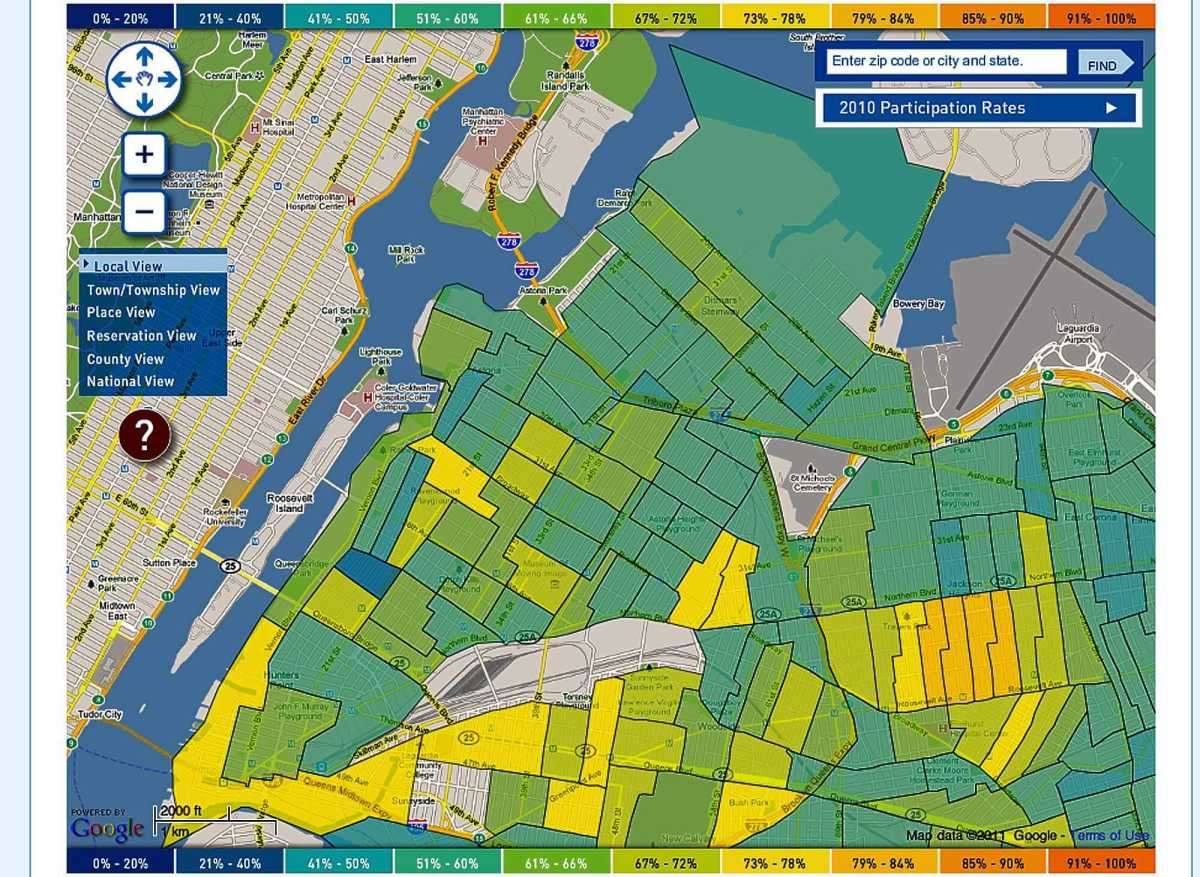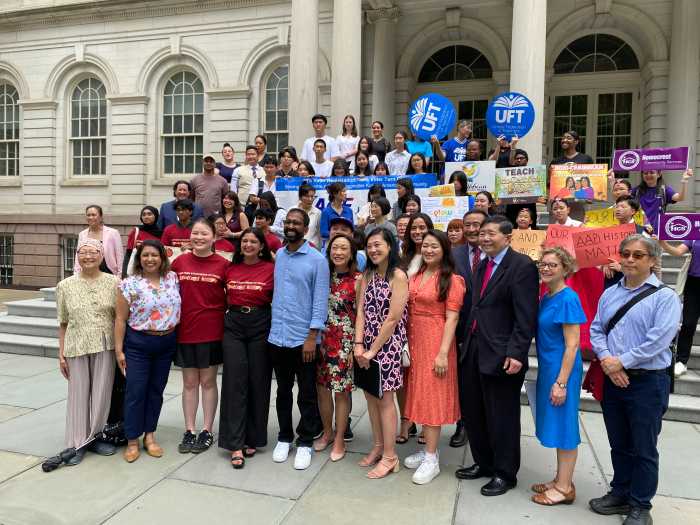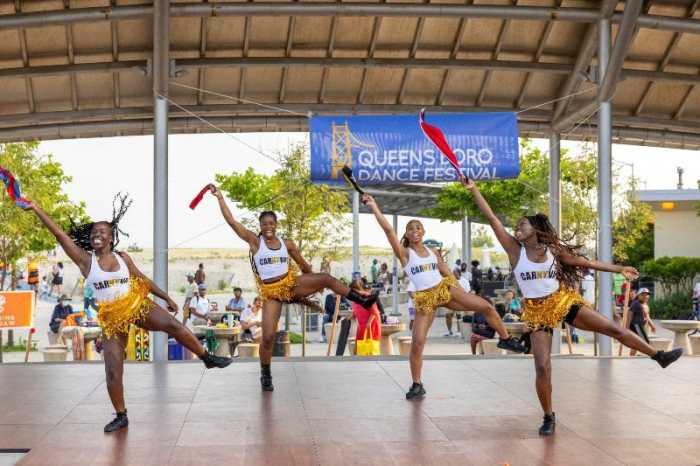By Joe anuta and Rebecca henely
Census workers who did not do enough to correctly count large swaths of immigrant populations in western Queens might have created a phantom housing vacancies in some areas, lawmakers and community members in the area said.
Many politicians, like state Sen. Joe Addabbo (D-Howard Beach), saw his district grow by just over 4,000 people, a number he said is much too low.
“I know firsthand that a lot of [Census workers] were paid good money to go out and do a job,” he said. “But, for example, the South Asian population in Richmond Hill, what happened? It has certainly grown over the last seven years or more.”
Addabbo estimated that $15 million had been spent conducting the census in his district alone and he wants the data to be recalculated to more accurately reflect the area’s population.
In a map based on the census data published by The New York Times in conjunction with a Queens College professor, most of western Queens showed at least a 3 percent decrease in occupancy in neighborhoods like Long Island City, Astoria and Corona — even while housing boomed. In the same map, the number of new housing units in many areas of western Queens grew by 6 percent. A number that could easily be justified by watching the number of high-rise condos that have sprung up in Long Island City.
But officials from the area said that vacant property is not a problem.
“There has been a tremendous increase in population in the last 10 years,” said state Assemblywoman Aravella Simotas (D-Astoria), who pointed out that many of the condos that have gone up in the past few years in her district were occupied.
Lucille Hartmann, district manager of Community Board 1 covering Astoria, also said vacancies were not on the rise.
“It’s got to be a gross, gross error,” she said, citing several building projects in the area, including a formerly abandoned warehouse that now has multiple families living in it.
And in general, Hartmann said that many single-family dwellings have been replaced with multi-family units and that the population is growing.
One factor behind the perceived decline in occupancy might have been the failure of Census workers to take into account Queens’ large immigrant population, elected officials said.
Western Queens is often the first stop for first-generation immigrants from Latin America, the Middle East and parts of Eastern Europe.
“You can’t cookie-cut how you’re going to count Rochester with how you’re going to count Astoria,” Simotas said, citing the neighborhood’s multiethnic makeup. “The census should have accounted for that and dedicated more resources to our neighborhood.”
Even immigrant advocacy groups like New Immigrant Community Empowerment said the immigrant population was grossly under-reported.
“Even though there was a lot of work done, we still find that the community didn’t respond as much as we would have liked it to,” said Martha Chavez, coordinator of advocacy and organization for the group. “We think that our community was very much undercounted and we’re very worried.”
Chavez said many factors might have turned off recent immigrants from filling out the survey. Many might have suspected that the U.S. Census Bureau would pass along information to other government agencies that deal with immigration.
But Chavez said that some of the questions on the census were confusing for immigrants. For example, a question that asked for the head of the household in an apartment of eight unrelated adults did not make sense to some Queens residents.
Both Chavez and other politicians expressed concern about the consequences that could come from an under-reported population, including loss of federal funds, loss of a congressional seat and the redistricting for elections that follows the census.
“We’re going to lose a lot of resources,” Chavez said.
Reach reporter Joe Anuta by e-mail at januta@cnglocal.com or by phone at 718-260-4566.


































